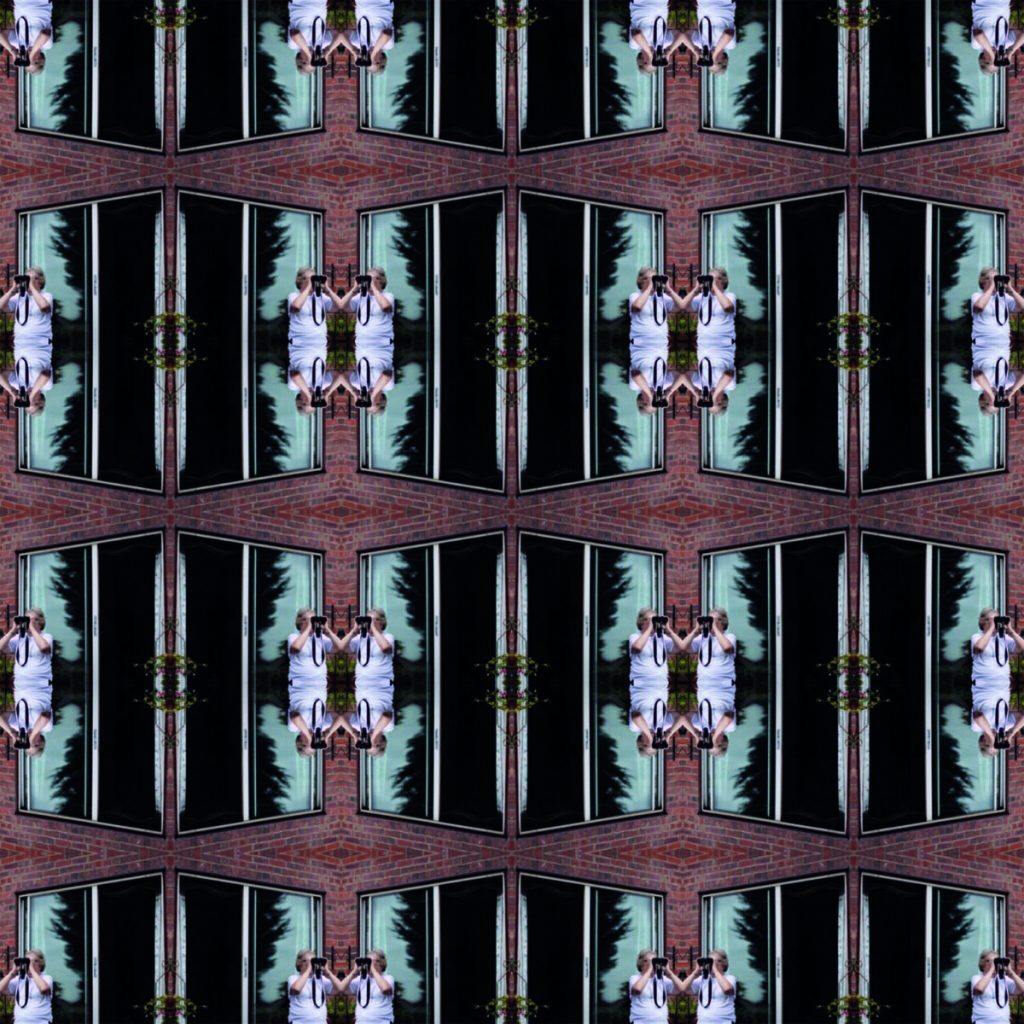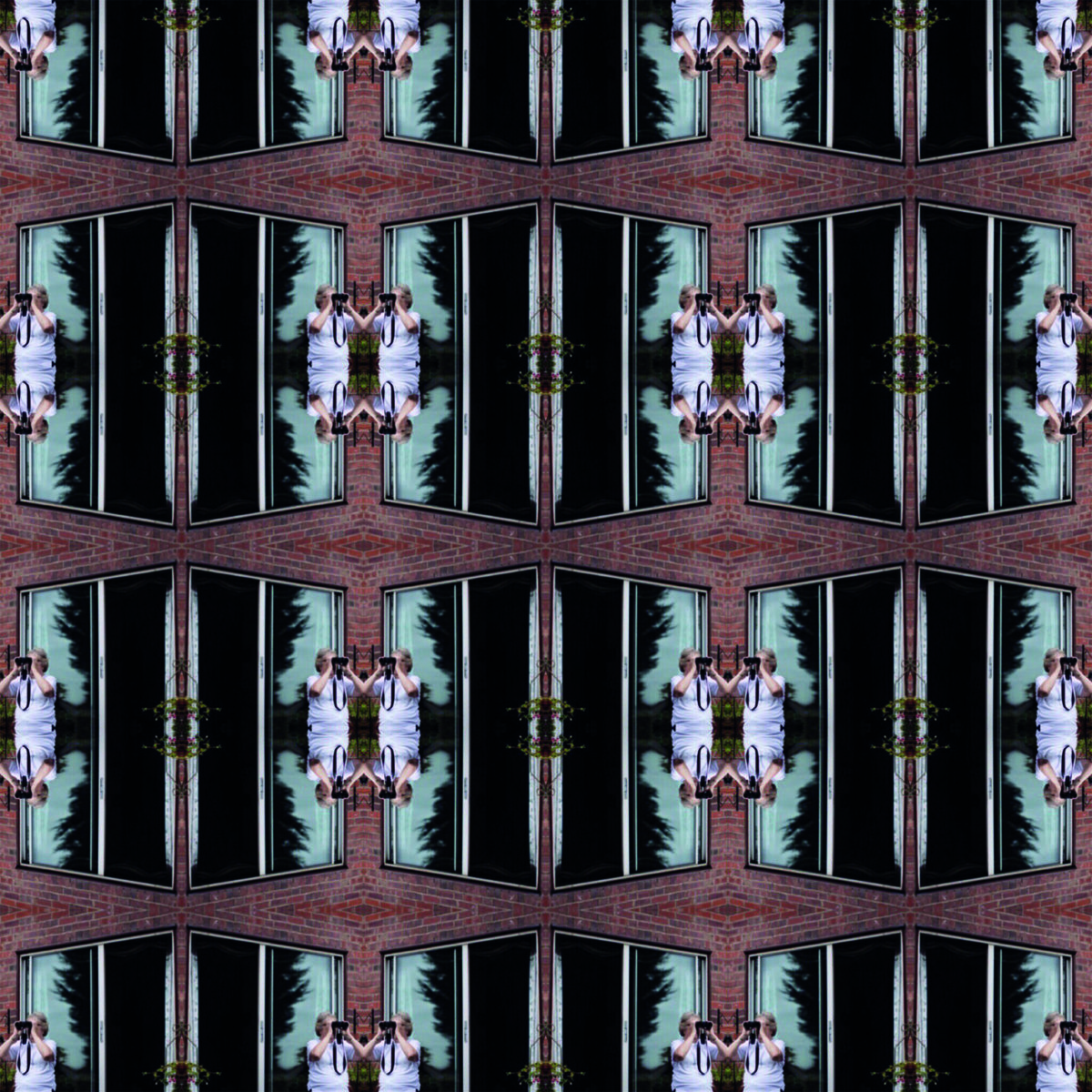
Bai Jo the Fish Serves as Scholar-in-Residence at Maryland Museum

Art or Artifact? Exploring “Nature’s Readymades” and the Curious Case of Bai Jo the Goldfish
Is art defined by the hand that creates it — or can nature itself assume the role of artist? A whimsical yet thought-provoking exhibition at the Elizabeth Myers Mitchell Art Museum at St. John’s College in Annapolis, Maryland seeks to answer that very question. Titled Nature’s Readymades, the exhibit draws attention to the aesthetic value of unaltered natural forms and features a peculiar, scholarly fish named Bai Jo as its inaugural scholar-in-residence.
What Are “Nature’s Readymades”?
Bringing together a rich selection of gongshi — naturally occurring or ‘found’ stones traditionally revered in Chinese art and philosophy — the Nature’s Readymades exhibition challenges conventional ideas about artistic authorship. These stones, often used for contemplation by Chinese literati since the Tang Dynasty (618–907 CE), are celebrated not for their function, but for their form: intricate, abstract patterns shaped solely by erosion, time, and environmental conditions.
The exhibit, curated by Peter Nesbett and Shelly Bancroft, borrows its title from the early 20th-century “readymade” concept championed by Marcel Duchamp — the idea that a found object, designated as art by context or intention, could claim artistic legitimacy. By placing these ancient stones in a modern museum setting, Nature’s Readymades invites viewers to consider: Are these rocks simply beautiful objects, or can they be considered artworks in their own right?
The addition of Bai Jo — also amusingly known as “Parsley” — adds an unconventional twist to this conversation.
Enter: Bai Jo, the Scholar Goldfish
Swimming gracefully amongst the contemplative rocks is not your typical visiting professor, but a bubble-headed Giant Oranda goldfish named Bai Jo. More than an eye-catching aquatic addition, Bai Jo serves a symbolic role — as both muse and mirror to the museum’s deeper inquiry into life, vitality, and authorship.
According to the playful backstory curated by the /m team, Bai Jo was recruited from Anne Arundel County’s Stormwater Infrastructure Management department, having supposedly passed the civil service exam in 2023. Now occupying his “office” within the museum, Bai Jo has garnered both amusement and admiration from exhibit visitors — intriguing questions abound: If the stones are “alive” through their presence and interaction with Qi (spiritual energy), is Bai Jo more “alive” than the rocks beside him? Or simply a different sort of natural readymade?
Visual Poetry in Stone
The concept of gongshi centers around the belief that these stones contain miniature universes — microcosms representing mountains, landscapes, or spirit realms. Artists and scholars have spent centuries pouring over the curves, indentations, and silhouettes of these stones to draw out meaning. These are not simply geological artifacts, but vessels of beauty and meditation.
By displaying them without modification, the exhibit compels viewers to recognize nature’s artistic ability to shape, sculpt, and inspire. The stones are unauthored, undated, and unpolished — yet undeniably expressive.
Debate and Divides in the Art World
Not everyone has embraced this interpretation. According to curators Nesbett and Bancroft, some visitors have expressed confusion or even disapproval, questioning whether “a bunch of rocks” belongs in an accredited museum. This reaction echoes long-standing debates in art history: Is art defined by human creation, or by deep emotional, spiritual, or intellectual response?
The curators counter such skepticism by suggesting that Bai Jo, like the gongshi, holds an ambiguous status within the confines of the museum. He is not an artwork in the conventional sense, but in his living, moving essence, he evokes reflection and aesthetic engagement — fulfilling the very purpose of art.
“While you contrast the vitality of Bai Jo with rocks, the latter are equally ‘alive,’” the curators noted in an interview with Hyperallergic. This statement underscores their ethos: that a rock shaped by a river’s path and a curious goldfish navigating his tank both serve as metaphors for the natural world’s contribution to culture and art.
Why This Matters
As climate conversations, questions of authenticity, and the relationship between humans and nature continue to dominate cultural discourse, exhibitions like Nature’s Readymades are stark reminders of the beauty that surrounds us — one that exists independent of our hand, but not of our perception.
In featuring both geological formations and a living fish under its academic roof, the Mitchell Art Museum calls into question our most basic cultural assumptions about art, life, and the act of seeing.
As Bai Jo swims under the contemplative gaze of ancient stones and twenty-first century art lovers alike, he may not speak — but he sure invites us to think.
—
Nature’s Readymades is on view at the Elizabeth Myers Mitchell Art Museum at St. John’s College in Annapolis, Maryland, through April